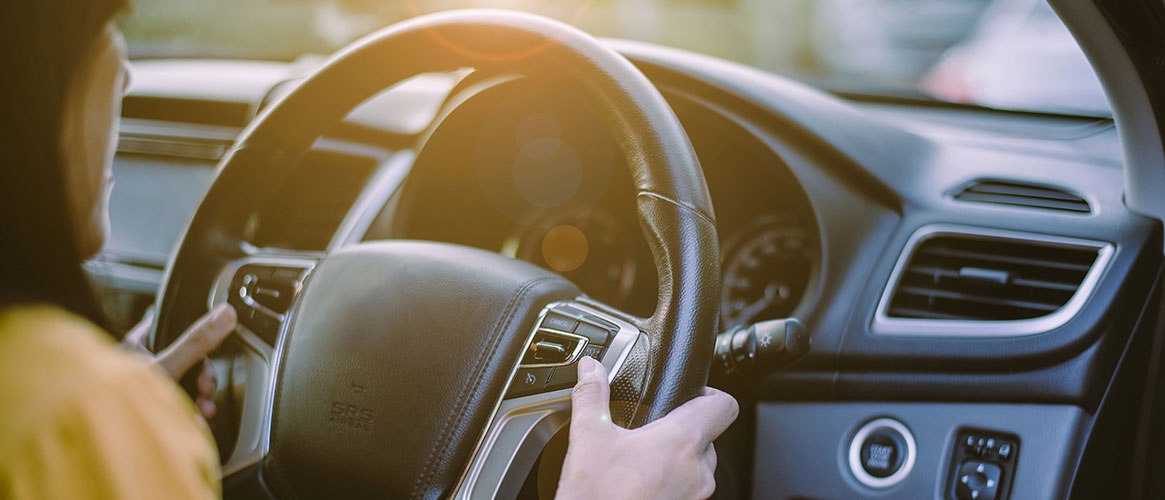Cruise control can be used to automatically control the speed in your vehicle (usually over 25-35 miles per hour) without keeping your foot on the accelerator. It is a great tool to prevent driver fatigue, speeding, and help with fuel economy during long trips on flat, straight roads and highways. Cruise control can cause accidents if you use it improperly or in hazardous road conditions such as city streets, heavy traffic, hills, winding roads, and wet, slippery roads.
Controlling the speed of your car with your fingertips on cruise control lets you take your foot off the accelerator and rest, but remember, you still control the vehicle steering and braking. Stay alert while you drive. Fatigue and a false sense of security can lead to a lack of attention and an accident. Keep your brain engaged in your driving; scan the road ahead for traffic, obstacles, and changing road conditions.
Read your vehicle owner’s manual on safely operating the cruise control for your vehicle. Heed manufacturer’s warnings about cruise control use. Leave the cruise control button off unless you intend to use it. If you accidentally activate cruise control, it could startle you into losing control of the vehicle.
Set your cruise control speed at a legal, safe speed for the road and the current driving conditions. Always wear your seatbelt. During cruise control, your foot may take a rest from the accelerator, but keep both feet flat on the driver’s side floor and ready for braking or maneuvering if you need to suddenly slow or emergency stop. Don’t lounge, curl your foot up underneath you, or put it up on the dashboard, windowsill, etc. while you drive.
Don’t use your cruise control when the road is wet and slippery due to heavy rain, hail, snow, ice, or other conditions. If your wheels begin to skid and you don’t step on the brake to stop, the continued acceleration can cause you to overdrive the road conditions and lose wheel traction and control of the vehicle. If you do step on the brake to stop, slow, or even turn off the cruise control, the change in tire speed can also cause the wheels to slip, lose traction, and skid out of control. If there is heavy rainfall, water puddles, and a slippery road surface, hydroplaning and serious accidents can occur.
Note that vehicles equipped with Electronic Stability Control can alter the wheel speed for better traction, but read the owner’s manual to see if cruise control is safe in slippery road conditions.
Cruise control on hills and winding roads can be hazardous. On hills, it is best to manually control your speed using the accelerator and brake. Cruise control may not accelerate your vehicle properly up a hill, making you a slow-moving hazard. A steep downhill grade can cause your vehicle to speed up faster than the cruise control setting and safe road speeds. Watch your speedometer and manually accelerate and brake as needed. On twisting and winding roads, brake and accelerate into and out of the turns. With cruise control on, you could approach a turn at an unsafe speed and lose control.
Using cruise control in traffic and on city streets with lights and stop signs can be tedious, frustrating, and unsafe. In these situations, you need to reset your cruise control each time you brake and it is unlikely you would be driving at the minimum speeds needed for cruise control. It is best to manually control your vehicle in traffic and city streets and leave cruise control for long journeys on dry, straight, and wide-open highways.
